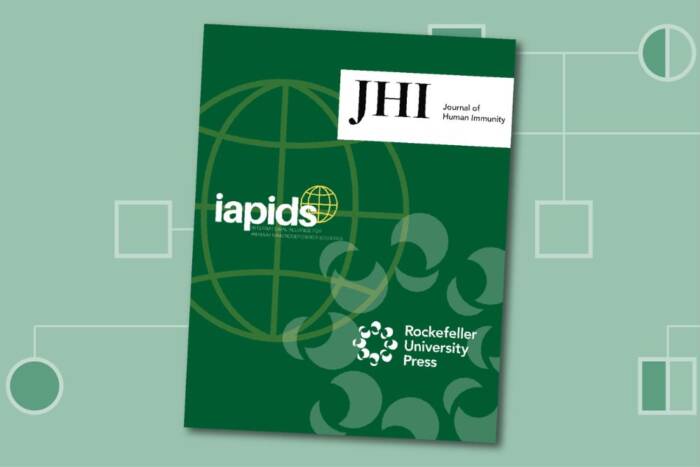In brief: Alternative CRISPR system is less specific, more robust
The genetic tool adept at line-by-line gene editing, CRISPR, has revolutionized the ability of scientists to manipulate genes for experimental, and perhaps someday therapeutic, purposes. But it comes in several varieties. The most commonly used, CRISPR-Cas9, only one of many CRISPR systems that, in nature, help bacteria defend themselves against invading viruses by chopping up viral DNA.
New research from Luciano Marraffini’s lab, led by graduate student Nora Pyenson, has found that a system called CRISPR-Cas10 is superior at targeting rapidly mutating viruses. While CRISPR-Cas9 requires specific DNA sequences on the virus to be intact in order to cut it, the researchers found that CRISPR-Cas10, in the bacteria Staphylococcus epidermidis, can mount an effective immune response even when mutations are present in these sequences. The findings are published in Cell Host Microbe(opens in new window).
The flexibility of the system could be harnessed for gene editing technologies that are more robust, although less specific, than those based on CRISPR-Cas9, such as targeting the malaria-causing gene in mosquitos, which can vary within populations.



